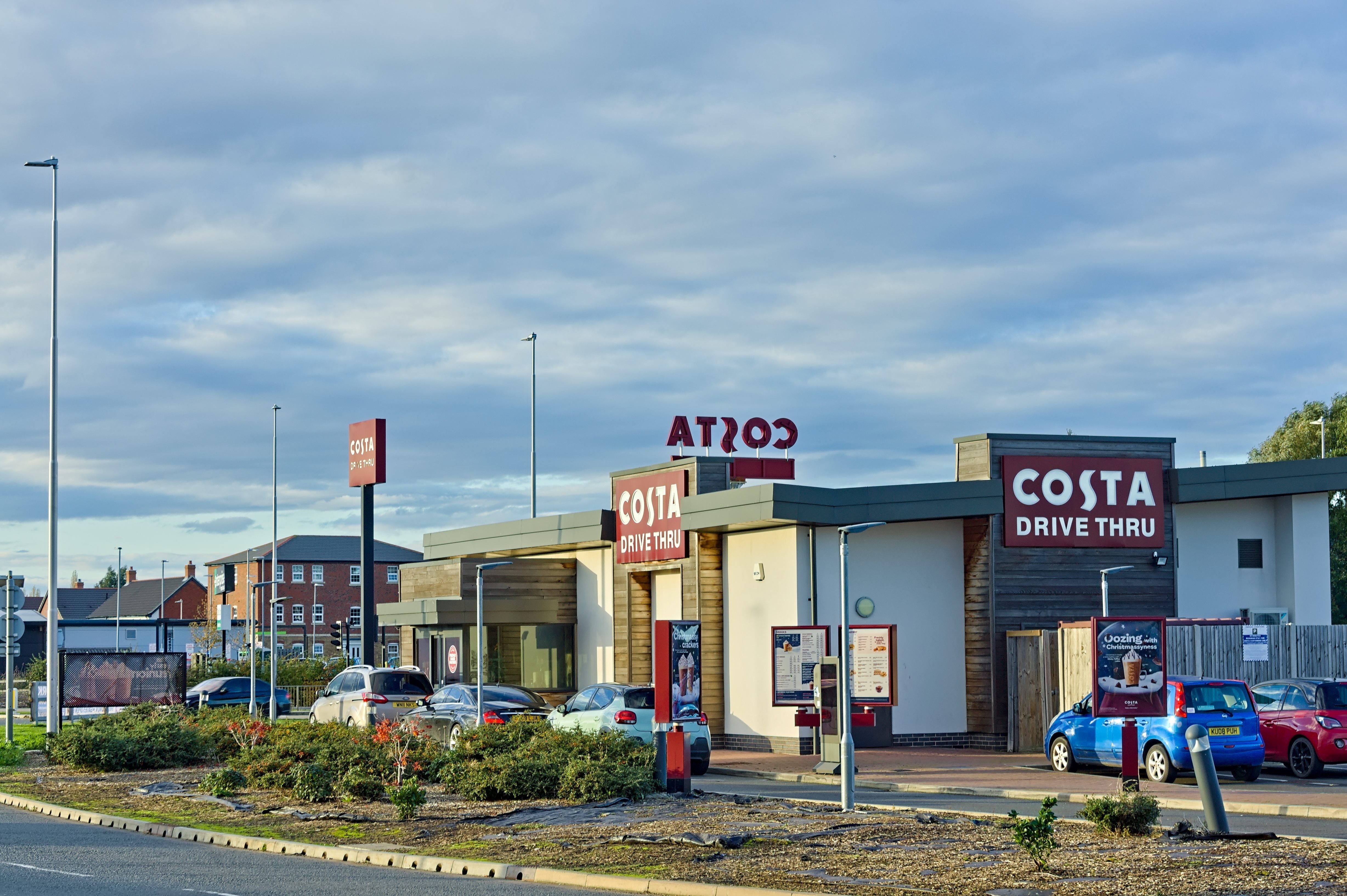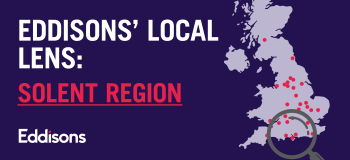01/10/2024
Insights
Whether you drive for a living, or as part of your work, or for your commute or simply for personal reasons as you live your life, you can’t have failed to notice the rise in the number of ‘drive-thru’ and other roadside food & beverage outlets as you go about your business or domestic travels on the country’s road network.
While it might appear otherwise, these new outlets aren’t part of the ‘pop-up’ phenomenon of retail. Far from it.
Instead, they are a considered commercial decision and investment by, in combination, land & property owners, investors, developers and end operators - and, of course, their professional advisors such as Eddisons - well before the first coffee, pastry, steak bake or burger is collected from the next window.
That being said, there is no doubt that the rise in car traffic levels since 2022 is one of the factors shaping interested parties’ current and long term thinking of the growth of this roadside sector when it comes to creating and capitalising on opportunities.
According to Department for Transport statistics charting road traffic by vehicle type from 1993 to 2023, ‘car traffic increased by 3.0% from 2022 levels [in 2023] to 251.3 billion vehicle miles.’ Albeit, the same set of published figures notes that 2023 estimates of car traffic are lower than before the pandemic.

While we await the 2024 statistics, it’s worth noting the reference to the pandemic. It can be argued that how we learned to ‘eat out’, i.e., at a distance and in social isolation from fellow diners, has played a part in a rise in the preference for drive-thru eating options.
Similarly, digital ordering apps for food service - which many of us might have used for the first time because of the pandemic’s social restrictions of the time - are now the natural, default option for many food & beverage operators and their customers, whether at drive-thru, counter service, self-service or table-service outlets.
The rise in contactless paying preferences, by operators and customers alike, all help to reinforce the input that our pandemic-accelerated habits are playing in the rise of roadside eateries.
But consumer behaviour alone doesn’t drive what makes a roadside opportunity commercially viable or not.
Most importantly when it comes to location, is access to an A-road, proximity to a centre of residential population or employment, on the outskirts of a town or conurbation, or at the point where a density of population exits or enters an area or where traffic flows converge.
Neither of these is mutually exclusive, but A-road access cannot be overstated. And the swifter the A-road access, the better.
While a mini-slip road and over a bridge might work, the most ideal of viable locations sees access on, or just off, a significant roundabout. This type of location sees flows of traffic from a number of directions and might already be populated by a fuel forecourt operator or a retail park development - things that give a reason for drivers to stop or drivers to see as an eating destination.

The re-purposing of fuel forecourts as a result of the move away from fossil fuels to EV (electric vehicles) offers a ‘sweet spot’ opportunity for roadside food & beverage operators of all shapes and sizes, not just drive-thrus.
In contrast to the speed of a ‘splash & dash’ filling of a fossil fuel vehicle tank in a matter of a few minutes, the time it takes to charge an EV-vehicle - whether it’s through a bespoke marque or generic EV charger - sees drivers with a reason to linger longer on-site and look to pass the time there until charging completes.
At this point, it’s worth making the distinction between generic A-roads, trunk roads that are major A-roads, and motorway designations when it comes to locations for roadside eateries.
Motorways and A-roads which are key to the country’s principal spine of road transport infrastructure are served by a designation called ‘Trunk Road Service Areas’ (TRSAs).These key sites are tightly controlled and operate - when it comes to commercial opportunities - by a different set of protocols to what’s being considered here.
In discussing technical aspects of site suitability and feasibility, drive-thrus and roadside eateries, for the purposes of planning, come under retail use classification. However, such sites are generally not identified in a planning authority’s Local Plan as part of land allocated for commercial use. This is where, in proposing to bring forward a ‘virgin’ site for drive-thru or complementary food & beverage use, the planning case will have to be made well ahead of any application.
Planning advice also comes in to play in considering a site that has had a previous, but different, commercial use.

Once again, we’re seeing post-pandemic changes in behaviour come in to play in this instance. With the rise of the WFH trend - or, at least, the drift to more hybrid working - for office-based workers, a redundant office building at a corner edge of a business park could provide a viable site for a drive-thru style operator.
Most business parks would meet the criteria of being on, or close by an A-road or just out of town, for instance. Plus, there is a, on-site customer base looking to lunch or take a break without travelling too far from their desks.
There are, undoubtedly, commercial opportunities in the drive-thru and roadside eatery sector. But it is as nuanced and complex as every other land & property sub-sector and it is one dominated by a limited number of master developers with a proven track record of success. Similarly, there are a number of established end-operators, many of whom are franchisees.
Eddisons - in common with our professional property peers - would urge land or property owners to get in contact if they feel they may have a holding with drive-thru or roadside food & beverage commercial potential.
While not every site will be a ‘roadside runner’, any well-located site may be in an excellent position to extract additional value or open up wider, alternative development opportunities.






